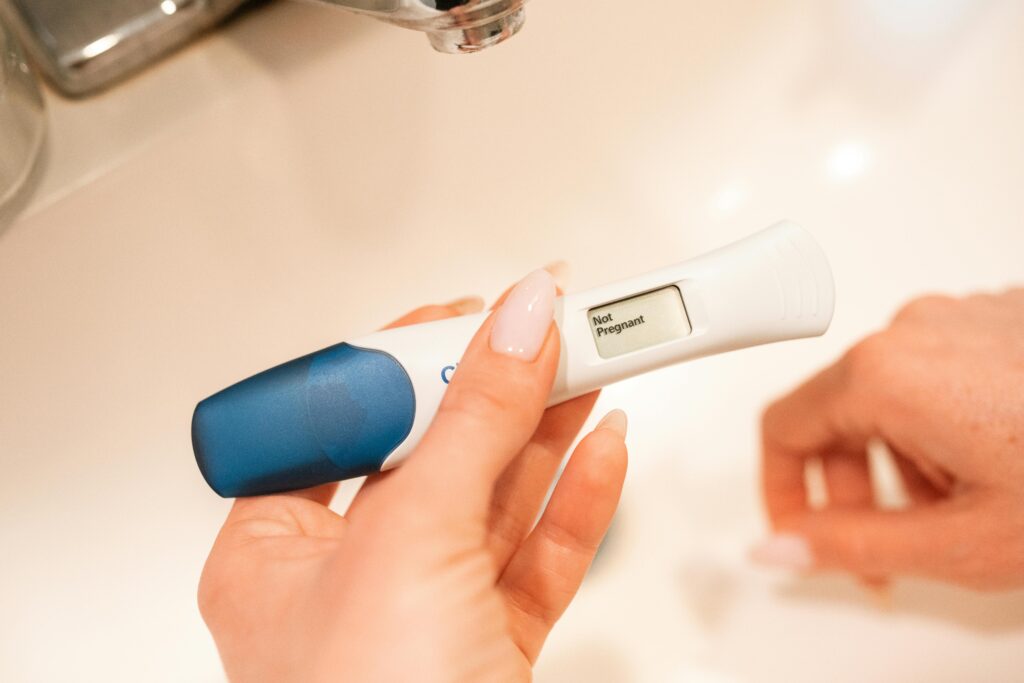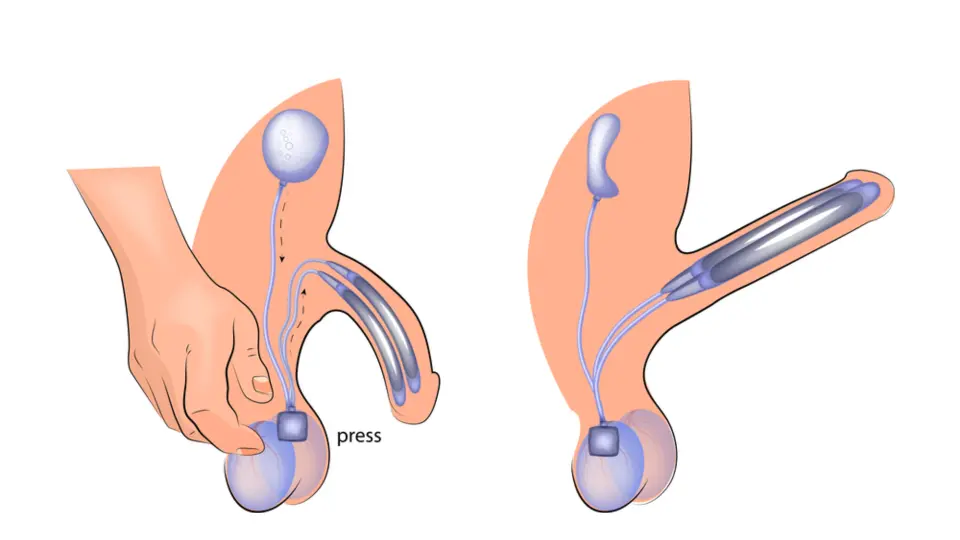The Future of IVF: Emerging Trends and Innovations

Fertility treatment like in vitro fertilization (IVF) remains to be a game changer in infertility treatment. The IVF Centre Bangalore holds promise for millions of couples. With time, IVF is getting more and more successful. Authorities of the leading centres expect great opportunities. Now, let us try to determine what IVF will await in the future.
New Technologies in IVF
Among these areas, artificial intelligence (AI) can be considered the most distinct. AI can actually improve the process of selecting embryos. It defines which embryos are the healthiest to be implanted. This goes a long way in raising the chances of success. AI also helps eradicate the risk factors of genetic disorders. Experts think that AI will be of ordinary use in IVF clinics.
Genetic screening is also growing with modernity to embrace both developmental and degenerative types of ailments. Thus, non-invasive prenatal testing, or ‘needle-free prenatal diagnosis,’ is emerging gradually. It is possible to carry out genetic tests on embryos without harming them. Therefore, this method is safer for use in the identification of mutations in chromosomes. It will assist the couples to make the right decisions.

Personalised IVF Treatments
The success of IVF will depend on personalized medicine. Treatments involve mapping so that specific treatments fit the particular needs of a certain individual. It depends on the genetics of an individual and their lifestyle. This will ensure that IVF is more effective since every woman will have unique functionality depending on her body. Doctors will prescribe drugs that are suitable for the patient’s disease. This leads to low side effects and enhanced results for the patients.
The biomarkers enable tailormade treatments. They forecast the patient’s vulnerable point, her susceptibility to sickness. The best approach is for doctors to decide when egg retrieval has to be done. This reduces trial-and-error incidences, and general direction decisions reduce incidences of conjecture.
Improved Cryopreservation Techniques
The cryopreservation plays a crucial role in IVF. Freezing eggs and embryos remain a measure of fertility. Technology in freezing is also evolving, and this is increasing the chances of success. Thus, vitrification is one of the primary methods that can be used. This is important in maintaining the integrity of eggs and embryos.
There is ongoing research on methods to freeze better with improved freezing protocols. These new methods increase the safety of the eggs and embryos during their storage. Better survival rates following them means giving hope of improved pregnancy rates. The change will automatically be welcomed by couples in that they will be provided with more choices on issues to do with future families.

Focus on Male Infertility
It is worthy of note that male infertility significantly contributes to cases of reproductive difficulties. New treatments will be of better help in dealing with male infertility. Solutions can be found in the advanced sperm selection techniques in IVF Centre Bangalore. Intracytoplasmic Morphologically Selected-Sperm Injection (IMSI) is one technique among them. In it, they use a high-power microscope to choose the best sperm. This increases the chances of fertilization.
Traditional and advanced genetic testing for diagnosis of male infertility is also in development. Drugs with specific targets can handle these particular problems. These assist in enhancing the quality of sperm and also increase the rate of fertilization.
Ethical Considerations and Access
The advent of IVP technology calls for ethical concerns. Justifiably, the guideline is a topic that has been under a lot of emphasis among experts. It is necessary to note that the problem of genetic testing raises several ethical issues.
Looking into the future of IVF Centre Bangalore, we can expect hope and optimism as well as the progression of the technique. These emerging technologies will improve the success rates. Individualized treatments will enhance patient encounters. Responsible progress will be there as a result of ethical practices. These means will make IVF available cheaper and thus make it available to a broader population. IVF is going to remain the blessing and source of happiness for families across the globe.
















